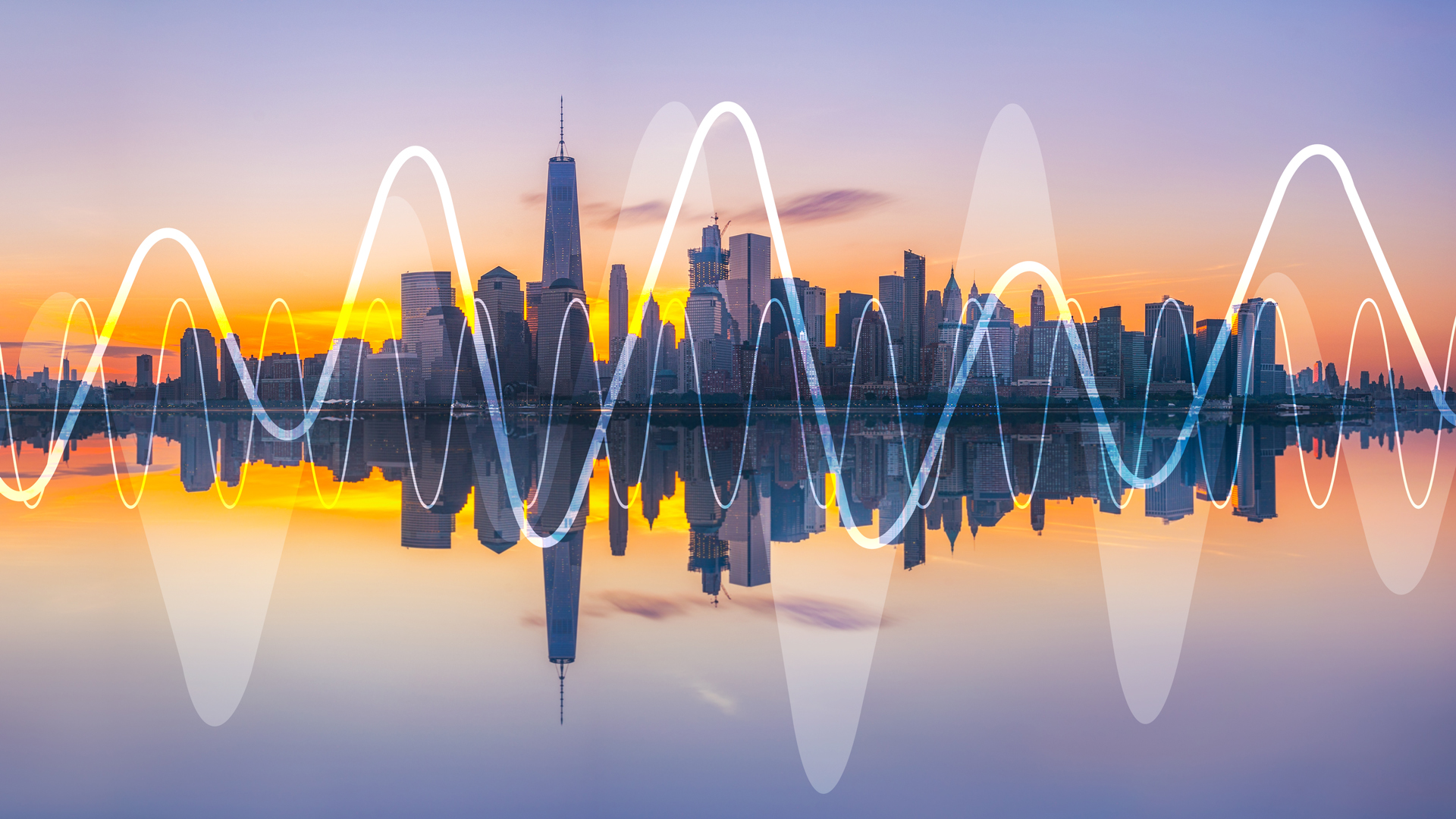
Noise has always been a top office irritant, along with temperature and air quality. It’s often dismissed as one of those issues where you can’t please everyone, with one person’s productive buzz is another’s irritating distraction. But too much noise in a working environment can have profoundly negative effects on employees and the impact of noise in open plan offices was starting to be realised long before the pandemic.
A 2019 survey of 1,000 UK office workers found 65% said noise was an issue at work. Over half said they were interrupted by noise more than five times a day, while 17% were disturbed more than 10 times a day, leading to losses in time and concentration.
Environmental psychologist, Dr Nigel Oseland, says noise undoubtedly degrades comfort, performance, and productivity. “But long-term it can have other effects,” he warns. “Noise is a stressor that can build up over time and in turn can lead to illness, fatigue and health issues.” We now have the added complication of the pandemic, with employees that have been working from home and regulating their own noise environments expecting those standards as they return to their offices.
“After the pandemic, people are hyper-sensitive toward their working environment,” says Sheila Botting FRICS, principal and president of Avison Young’s Americas professional services practice. “For the physical workplace, trying to embrace that becomes a really tricky conversation.” The question now is how do we create the spaces that people want to come back to, spaces that balance employees’ different noise tolerance levels with the working needs of everyone?
Different reactions to noise
Oseland, who is also a workplace consultant, says the industry needs to understand what noise is and how different people react to it. “Noise is unwanted sound,” he says. “We all perceive sounds differently. We then interpret those sounds, attach meaning and that’s what determines whether a sound is a noise or not.” He says the biggest noise distraction is talking, particularly the increased use of at-desk video conferencing. “This goes back to evolutionary psychology because we were designed to hear people’s voices above all else. You can close your eyes but you’re always listening and that’s part of our fight or flight mechanism.” He adds that research has shown different personality types also react differently to noise, with introverts tending to be less tolerant, while extroverts actively seek noise for stimulation. “There are behavioural issues then there’s personality differences,” Oseland says. “It’s a lot more complicated than [office] designers and even acousticians recognise.”
Paul Bagust, head of property standards at RICS, says understanding and mitigating noise should be a key part of any company’s real estate strategy. “When I talk to people who have gone back into the office, every single one has said ‘it’s so noisy’. Noise is one of the biggest factors that you need to think about in terms of creating environments where people are productive and happy.”
He says understanding user experience is key and points to RICS’ International Building Operation Standard (IBOS) as a mechanism for companies to understand how noise impacts on the performance of their property assets. “There are five pillars to IBOS, and they’re all linked. Noise links to compliance, links to function to sustainability, links to user experience. And once you understand the link, you can invest in solutions.”
“Noise is a stressor that can build up over time and in turn can lead to illness, fatigue and health issues” Dr Nigel Oseland, environmental psychologist
Quiet design
Oseland says implementing “the basics” will dull sound travel in offices, especially talking, and there are ways of “sneaking in” acoustic treatment without impacting on design too much. He recommends carpet, avoiding exposed ceilings, which reflect sound back down, installing high, absorptive screens between desks that sit above the mouth and acoustic panels on walls. “I always say we need to design with our ears, not just our eyes.” Occupiers, he adds, also need to understand the psychology of their employees to determine their reaction to noise and their potential needs. “You can’t measure noise because noise is what goes on in your head. There are different ways around it, one is choice, giving people quiet chill-out spaces and equally louder spaces where they can go and let off steam,” he says. “I would look at the zoning – don't put a sales team next to a bunch of analysts and researchers because those activities clash, yet we see that all the time.”
Avison Young’s Botting concurs that understanding psychology is key in creating well balanced offices. “It’s the psychology overlay that is really valuable,” she adds. She points to Avison Young’s own research and says the answer to the noise question is creating dynamic work environments with an activity-based working (ABW) approach that allow people “to move into the spaces they feel comfortable working in.
“These dynamic work environments are calibrated against how their employees work, based on research on their work styles and it effectively gives employees choice,” she says. Workers can choose to work from home or in quiet spaces and go into the office for collaborative team meetings, she adds. “If I don’t like noise, I’m being empowered to use a private office or work from home. If someone in sales likes to be out in the open, then open areas allow me to do that too.”
She says it’s a very different way of working and the firm has a 15,000ft2 experimental space in London where it tests these different work settings and gauges reactions. It’s also moving its own workforce into this agile work environment with its branches in Atlanta and Los Angeles recently redeveloped. These both include multiple styles of work points, residential-style meeting spaces and a client experience centre.
“After the pandemic, people are hyper-sensitive toward their working environment” Sheila Botting FRICS, Avison Young
Soundscaping
But not all sound is a noisy irritant – it can also be a means of creating restorative and relaxing working environments. Real estate developer, Edge Technologies, added a ‘soundscaping’ area playing natural sounds into its innovative head office development in Amsterdam. It coupled this with different working zones and found its employee satisfaction with noise levels rose from 7% to 68%. In London, the lobby of 22 Bishopsgate, the 62-storey office tower, pipes out a carefully curated playlist of sounds to ensure its visitors are put at ease as they enter the building.
Oseland says that natural sounds can also help alleviate fatigue and are reenergising, so they work well in social and break out spaces. He adds that the industry has a long way to go in understanding and designing out noise. “I think some companies are now at the stage where they recognise it's an issue,” he says. “More companies are now bringing the acousticians in early on in the design process, because they realise it's a big factor”’
Get Modus features sent straight to your inbox by signing up for the newsletter.
“Noise is one of the biggest factors to think about in terms of creating environments where people are productive and happy” Paul Bagust, RICS


